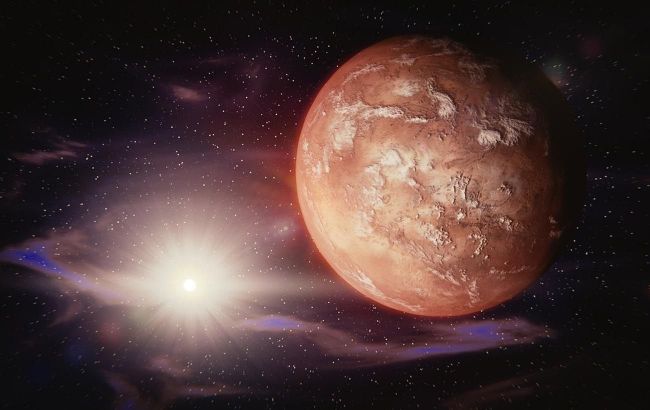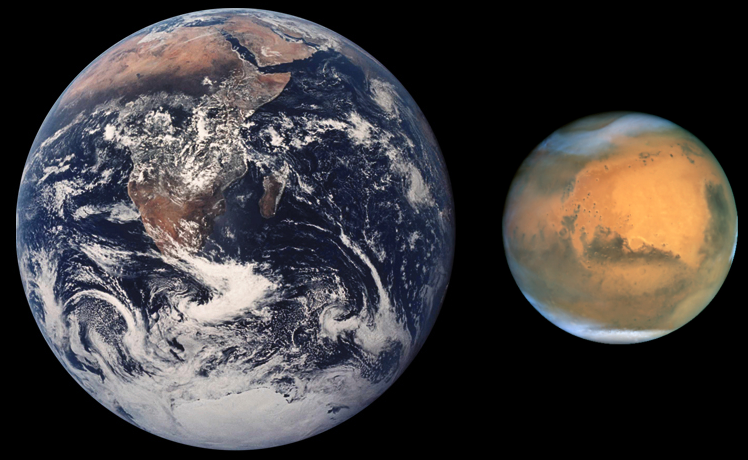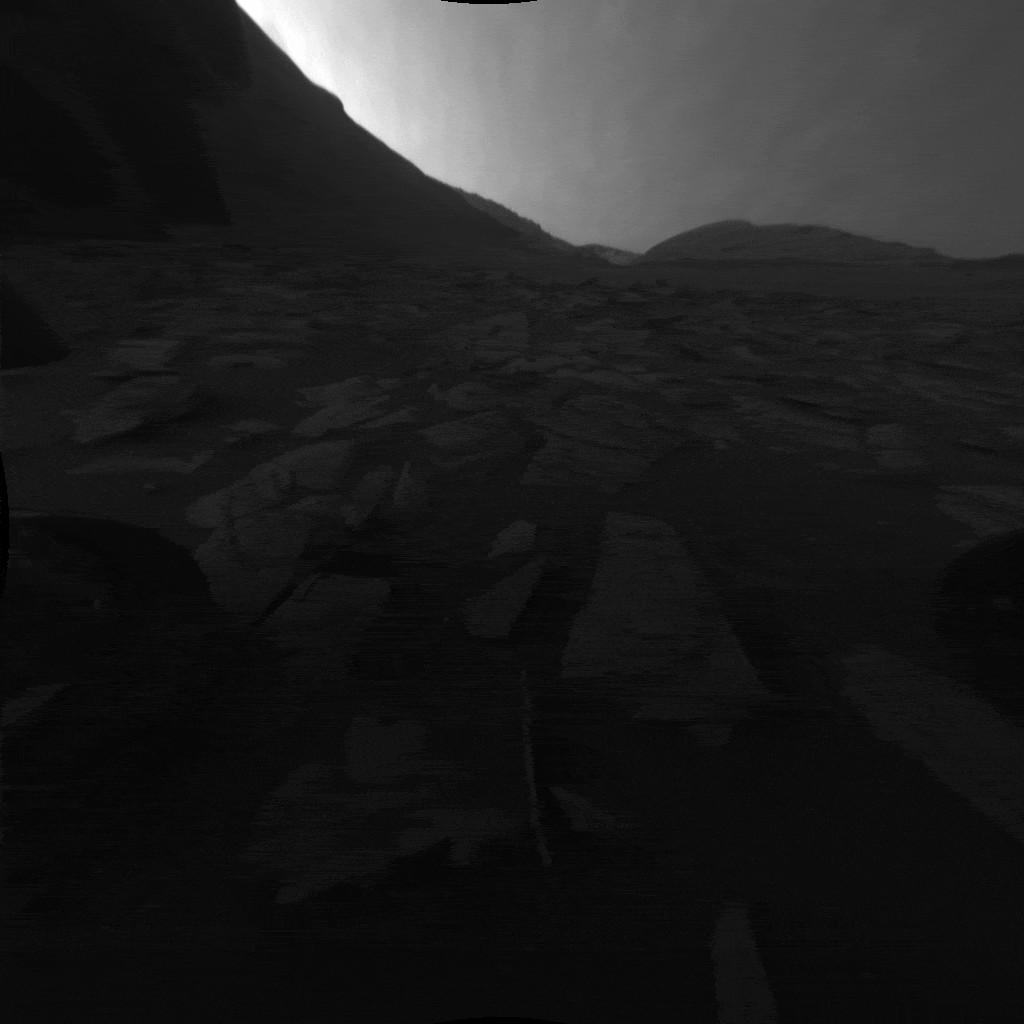NASA's visual journey: Day on Mars unveiled
 Mars is far, but intriguing (Photo: Pixabay)
Mars is far, but intriguing (Photo: Pixabay)
The American space agency NASA has released images taken by the Curiosity rover showing how a day passes on the Red Planet.
RBC-Ukraine explains what is known about a day on Mars and how it unfolds.
The following sources were used in preparing the material: NASA Mars, NASA Science, Wikipedia.
How a day on Mars differs from Earth's
Mars is the fourth planet in the Solar System. It is relatively small (seventh in size and mass among others) and has a thin atmosphere.
This planet was named after Mars, the ancient Roman god of war.
Its axis tilt, rotation period, and seasonal cycles (spring, summer, fall, and winter) are similar to those of Earth.
One Martian day - a sol - lasts approximately 24.6 Earth hours. Meanwhile, one year on the Red Planet consists of 669.6 sols or 687 Earth days.

Comparison of Earth and Mars (photo: wikipedia.org)
Mars' terrain
Mars features meteorite craters (similar to the Moon), volcanoes, valleys, and deserts (similar to Earth's).
There, you can find:
- the highest mountain known in the Solar System - Olympus (22,456 meters)
- a huge rift-like system of canyons - Mariner Valley
What Curiosity rover saw
At the end of 2023, NASA's Curiosity rover filmed 12 hours of a Martian day - from sunrise to sunset.
For this, it remained in the same spot for several weeks, taking pictures from 5:30 a.m. to 5:30 p.m. (local Martian time).
The front and rear black-and-white Hazcam cameras captured, among other things, how the rover's shadow on the Martian surface changed depending on the Sun's position.
NASA specified that overall, Curiosity recorded two 25-frame video sequences, later merged into a small GIF file.

Interesting facts about Mars
The total surface area of Mars is approximately equal to the entire land area of Earth.
The free-fall acceleration on Mars' surface differs from Earth's - objects there weigh only about one-third of their weight on Earth.
The red hue of Mars is attributed to the iron mineral hematite.
Mars has two moons - Phobos (from Greek, meaning "fear") and Deimos (from Greek, meaning "dread").
Surface temperatures on Mars sharply rise at sunrise and significantly drop at sunset, as the planet lacks dense atmospheres and oceans like Earth (which soften temperature fluctuations).
Additionally, we previously discussed traces of ancient life found in a Martian ancient lake.
Furthermore, scientists have found a way to extract oxygen on the Red Planet.

